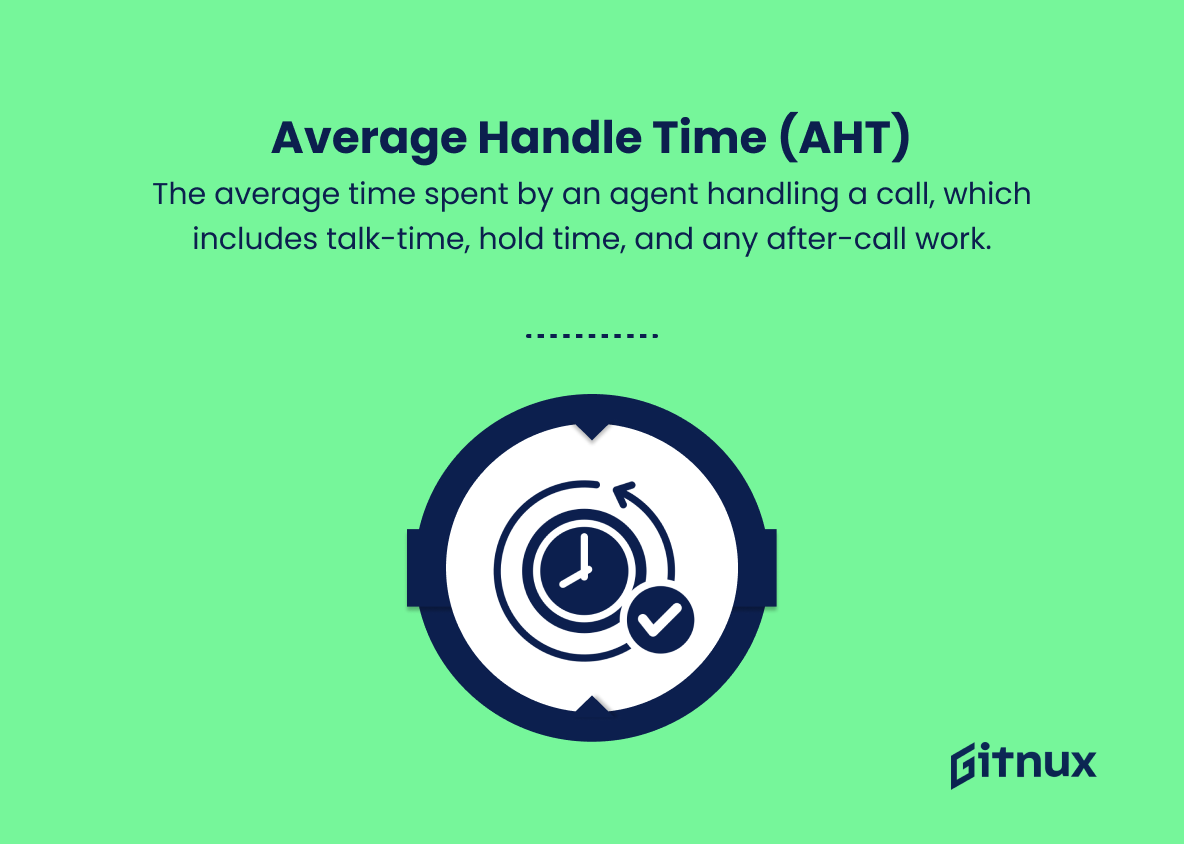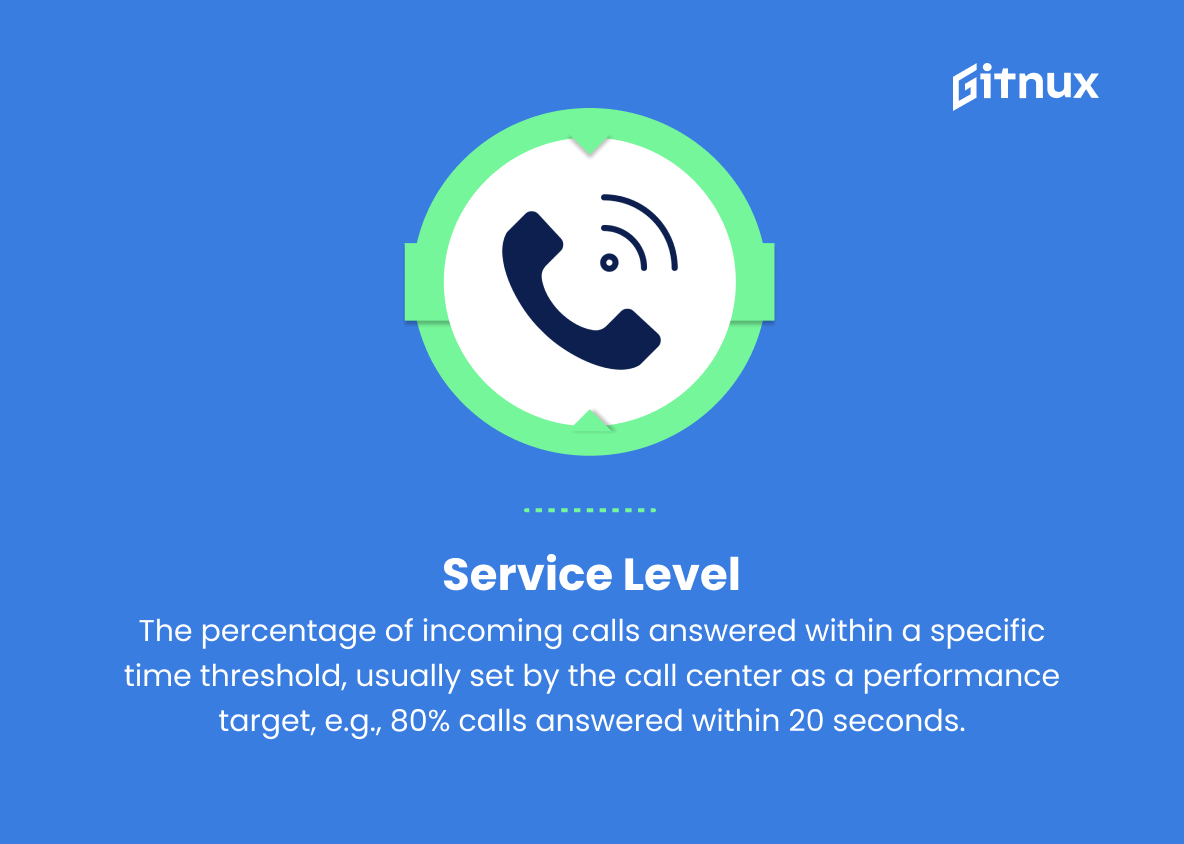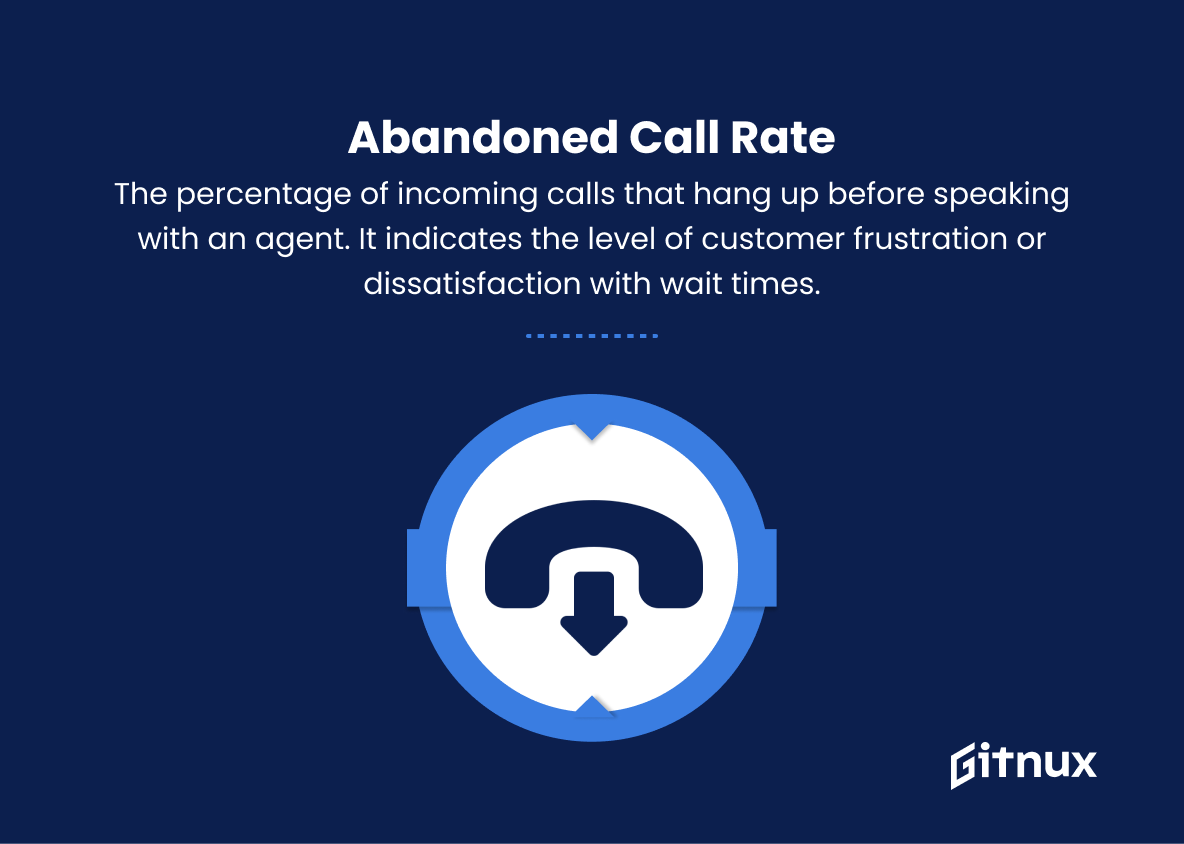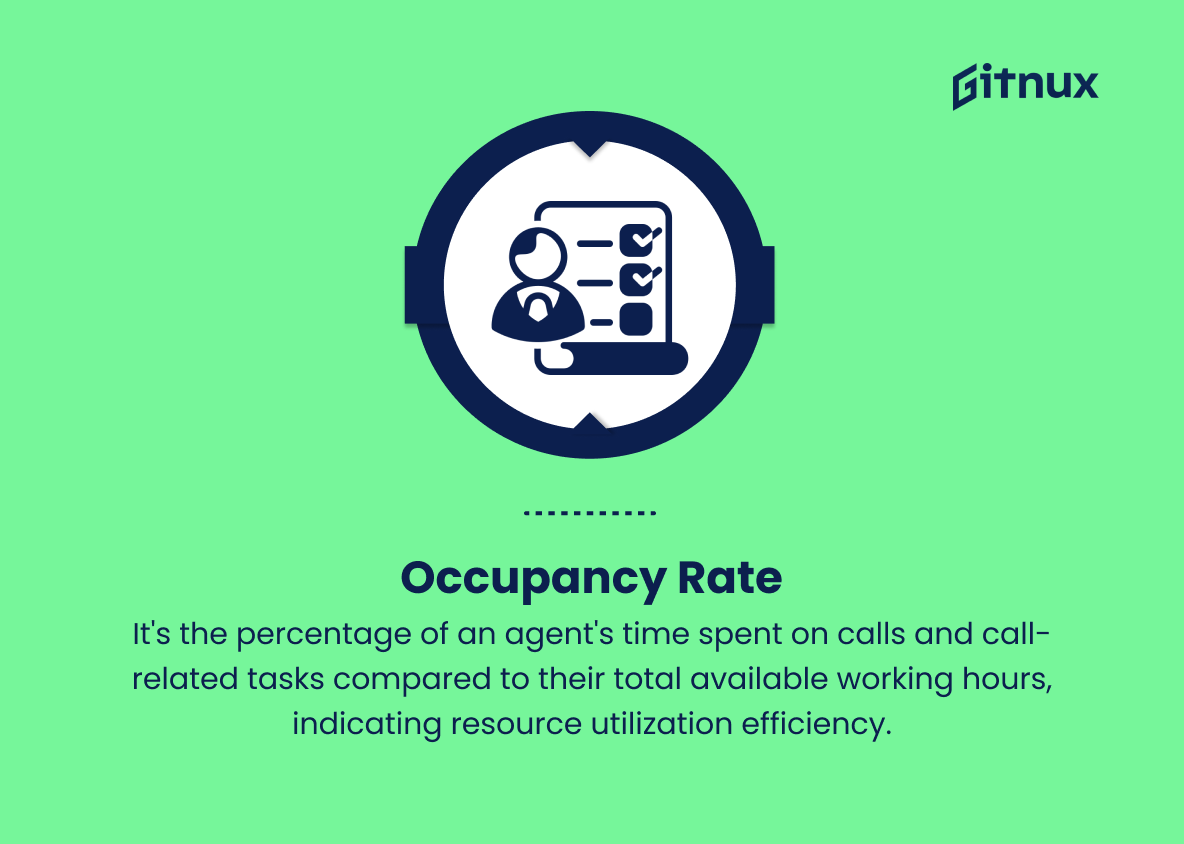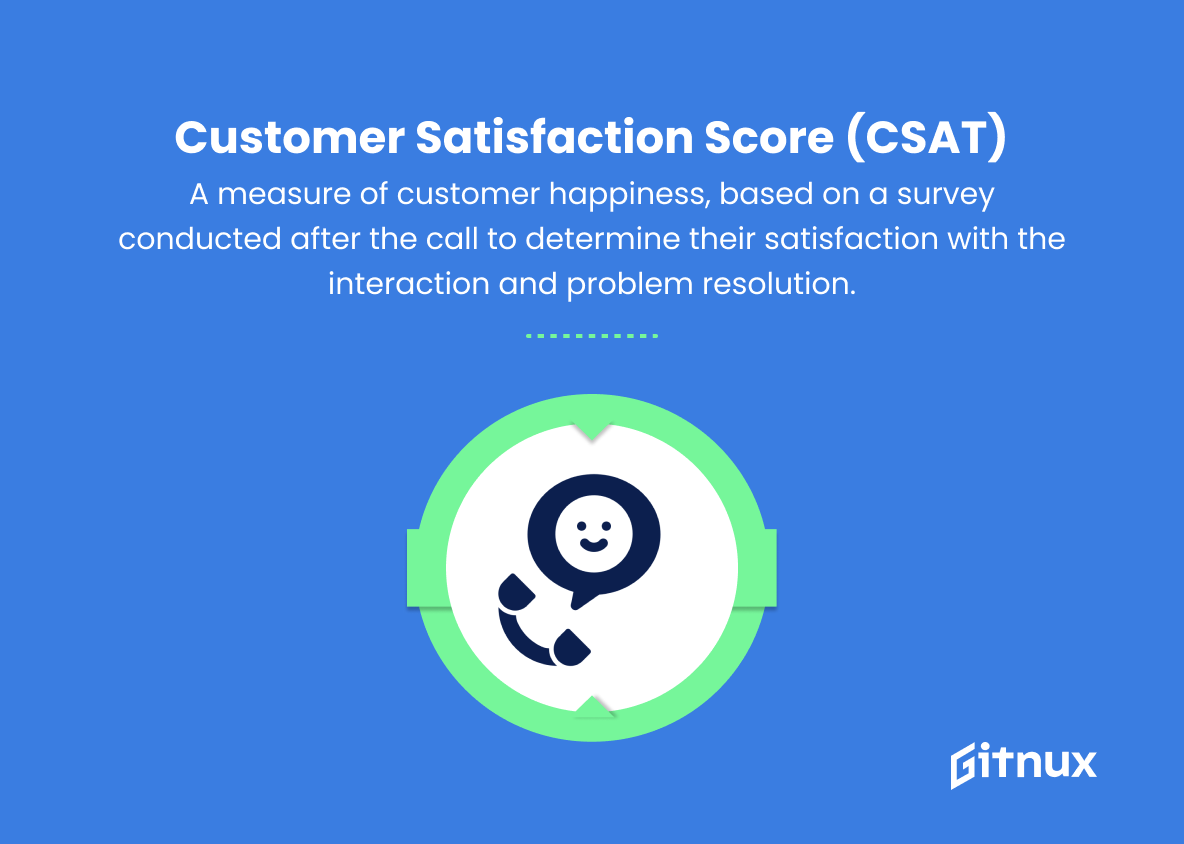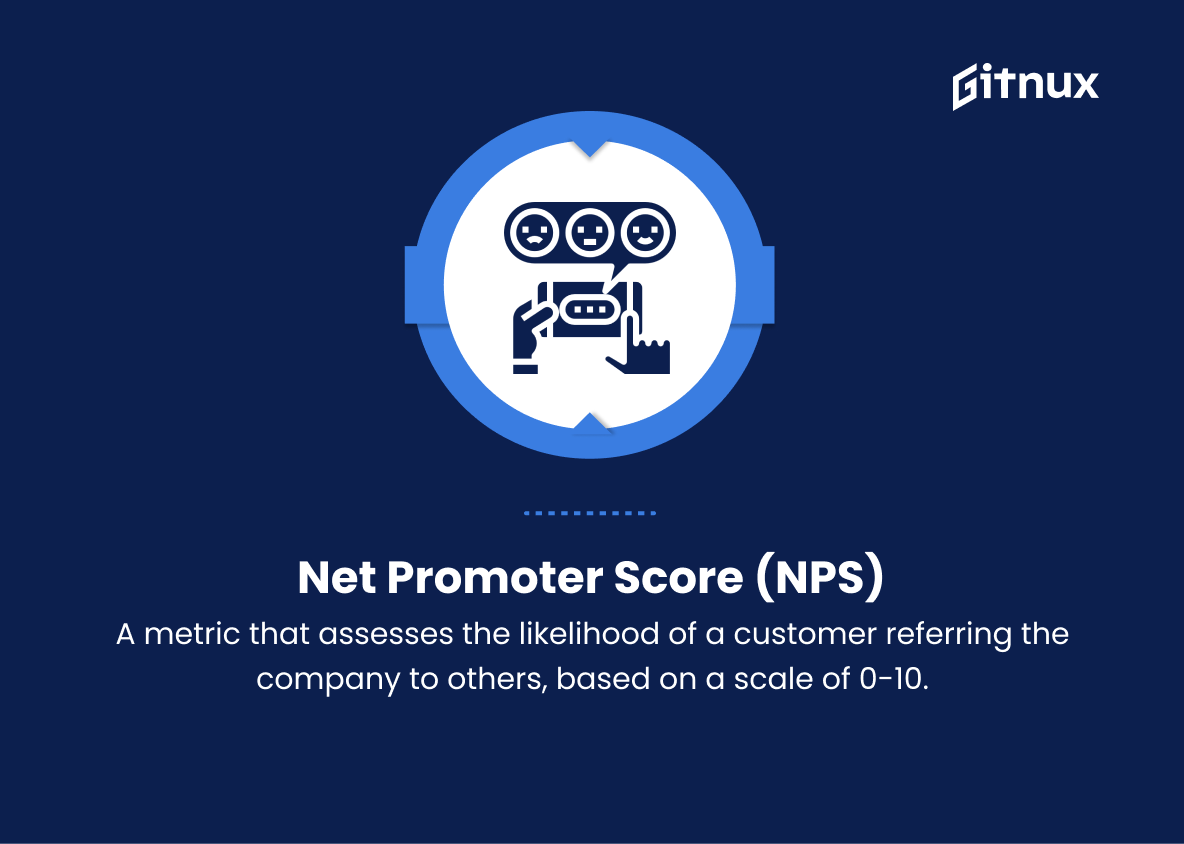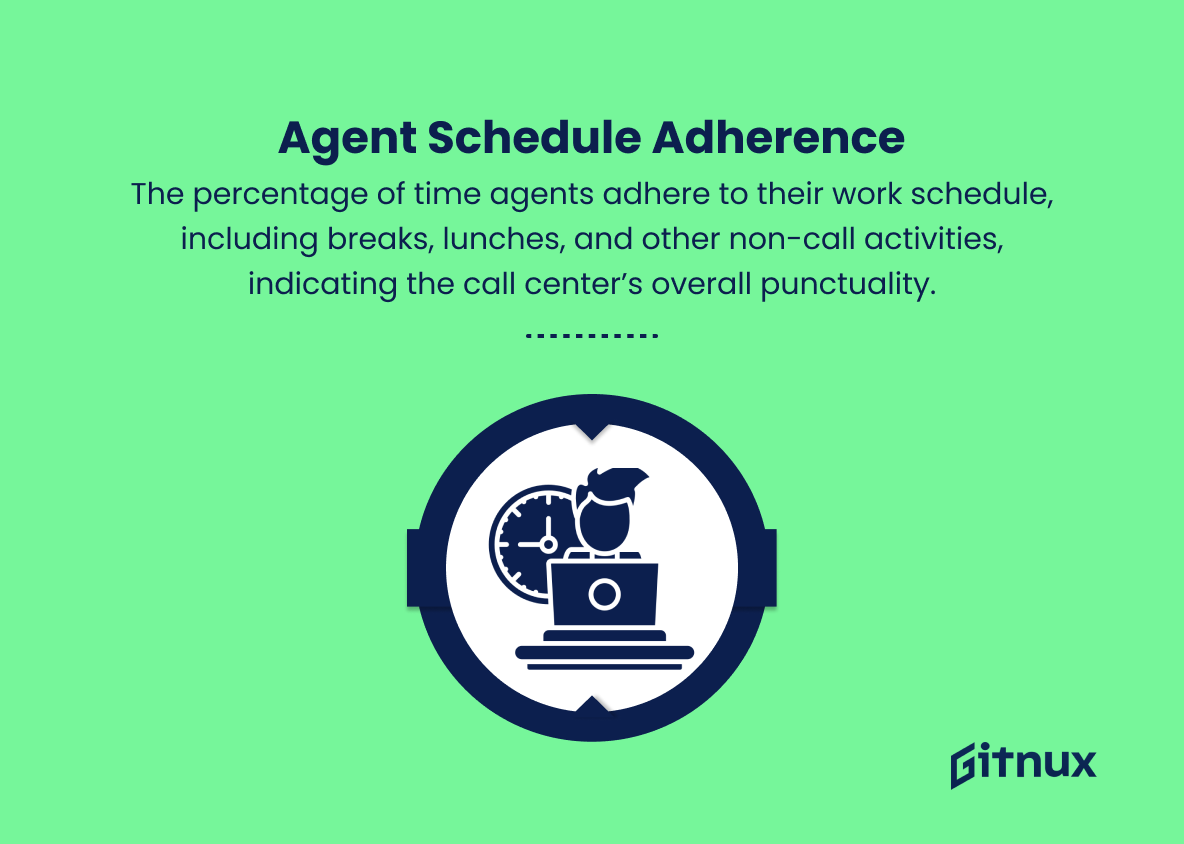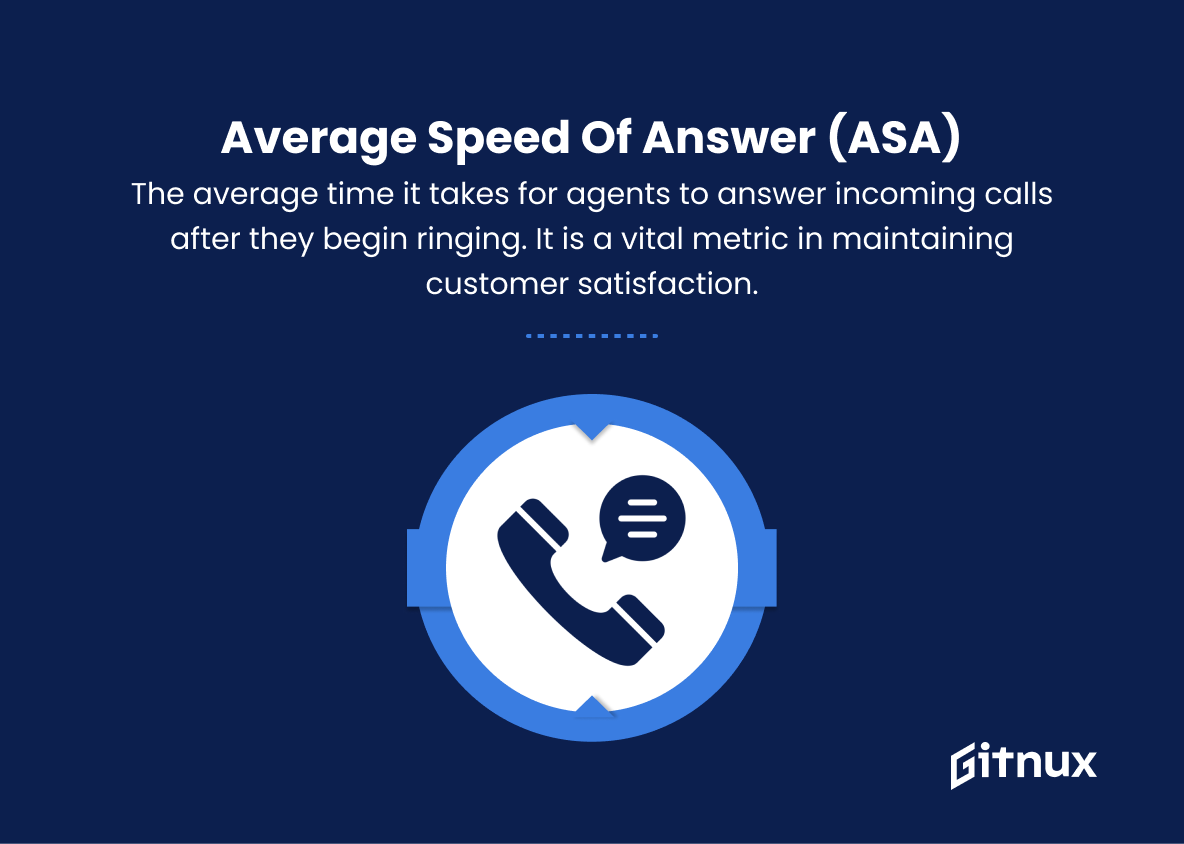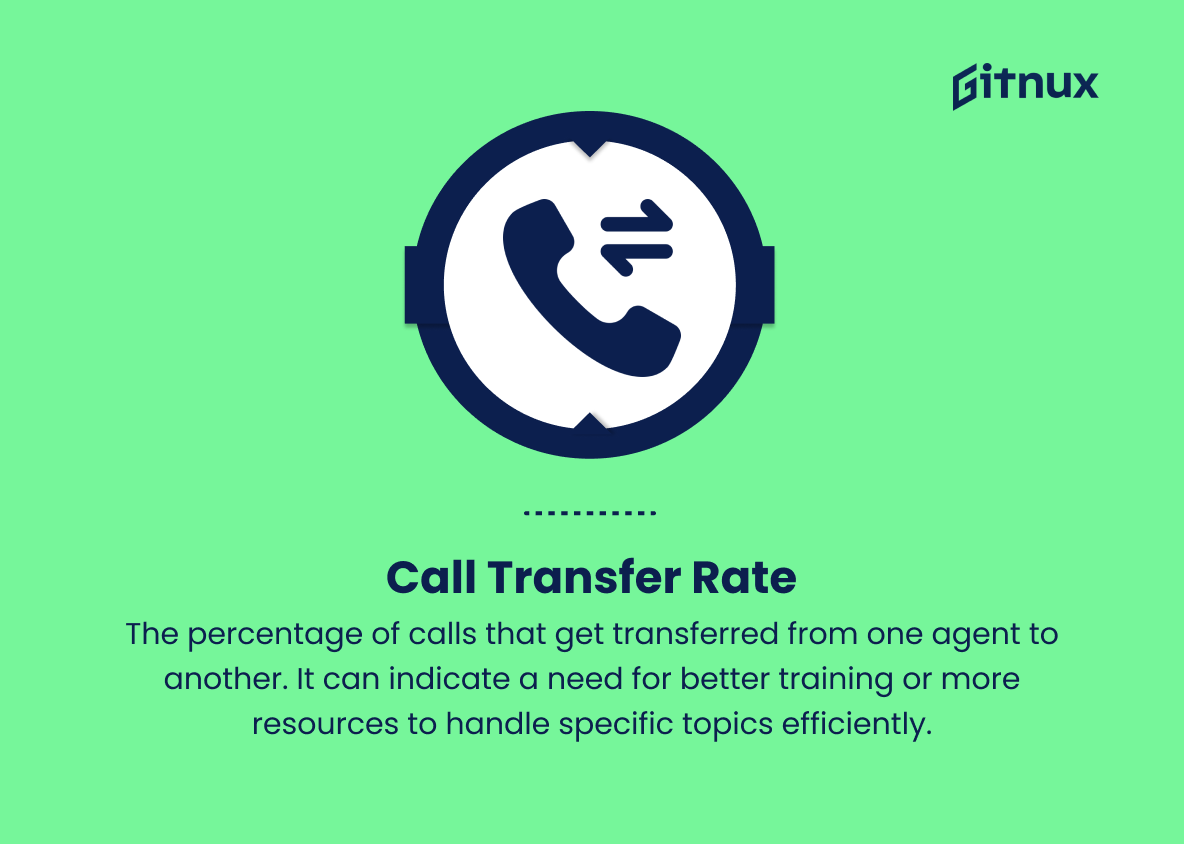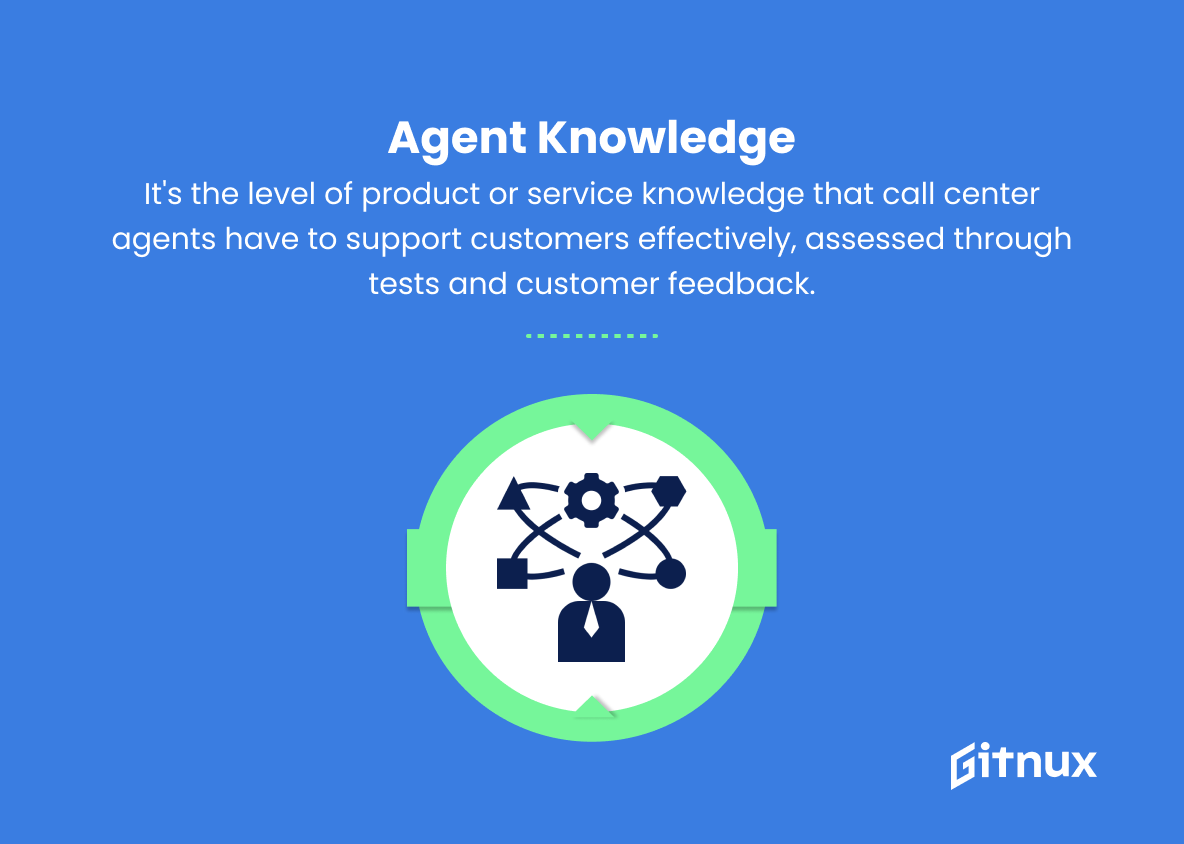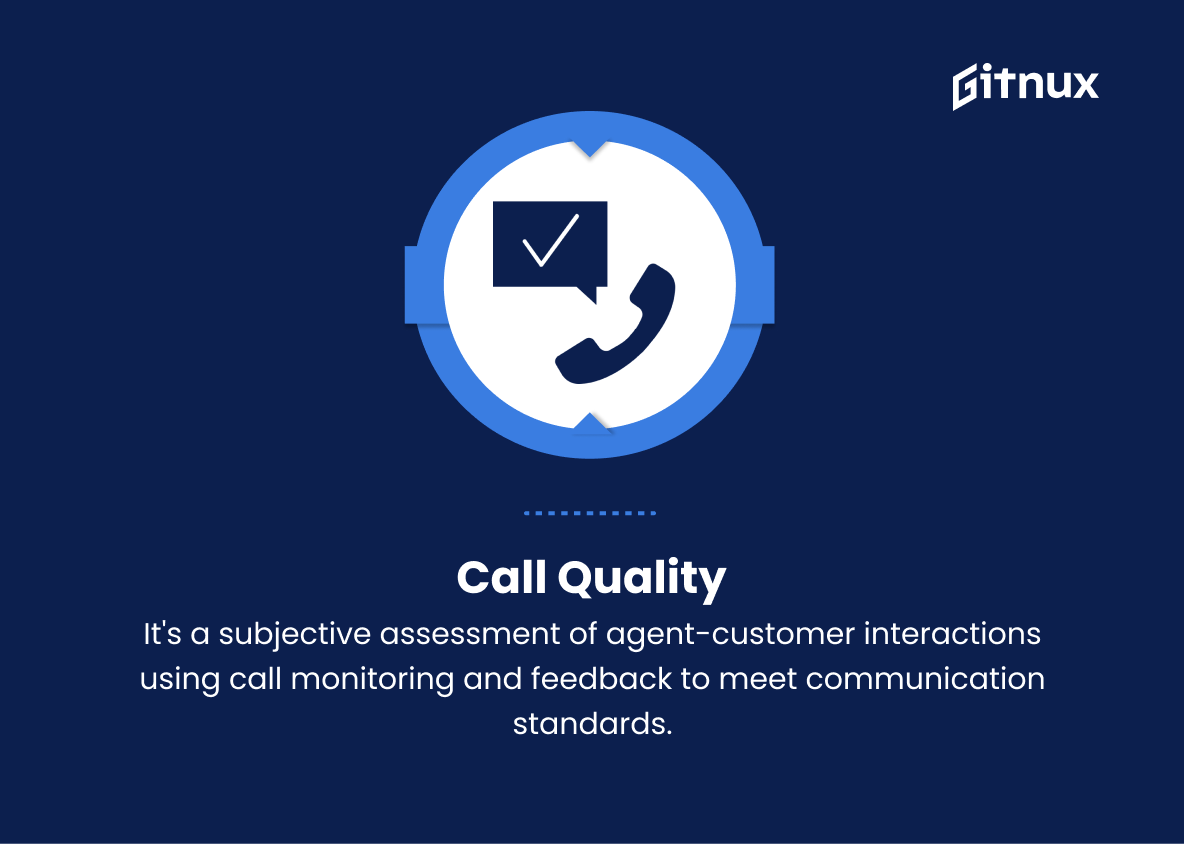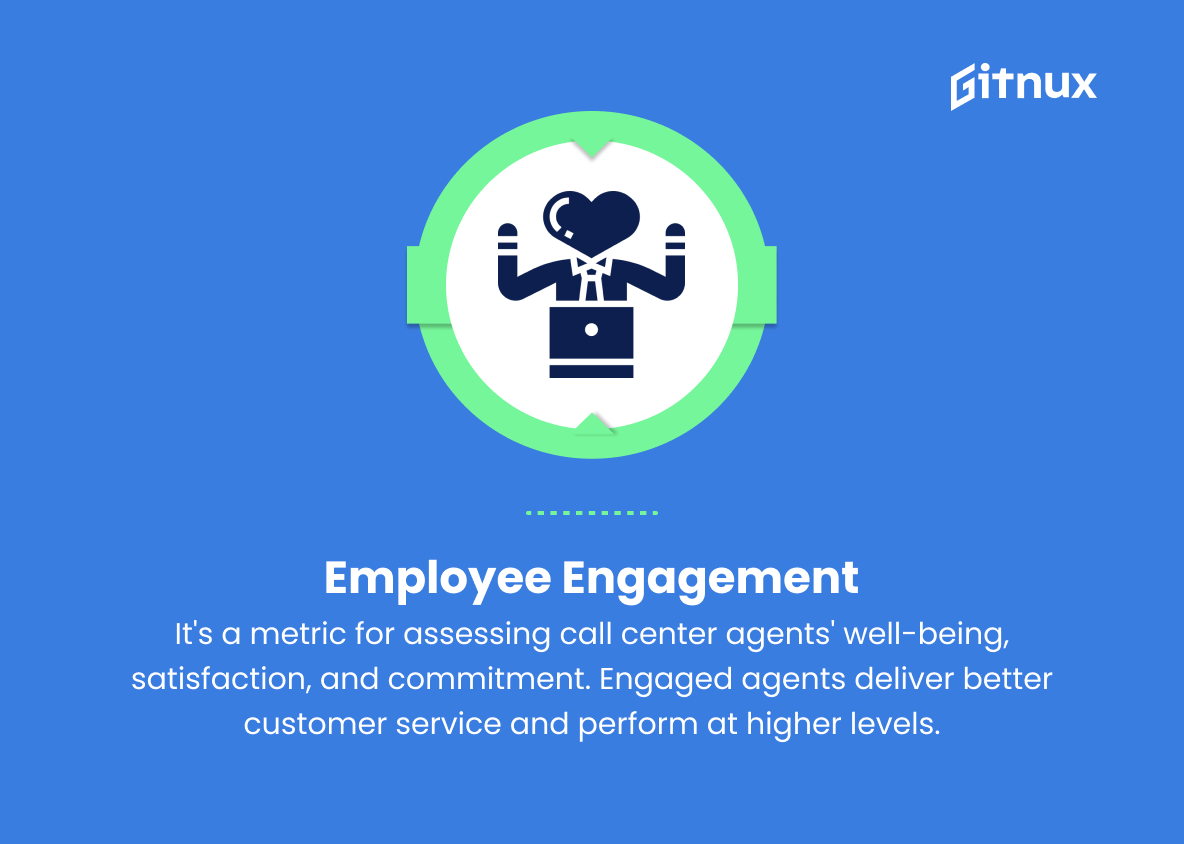In today’s competitive business landscape, efficient call centers are more critical than ever in delivering exceptional customer service while minimizing operational costs. Understanding and tracking the right metrics is crucial to ensure optimal performance and ultimately drive call center success. In this in-depth blog post, we will explore the most significant call center efficiency metrics, their implications on performance, and practical strategies to improve these indicators.
By gaining valuable insights into the inner workings of your call center, you can continually enhance your operations and equip your team with the tools and knowledge for success. So, buckle up and get ready to dive into the world of call center efficiency metrics, where customer satisfaction and operational excellence go hand-in-hand.
Call Center Efficiency Metrics You Should Know
1. First Call Resolution (FCR)
Measures the percentage of calls that are resolved by the call center agent on the first interaction, without needing any follow-up or escalation.
2. Average Handle Time (AHT)
The average time spent by an agent handling a call, which includes talk-time, hold time, and any after-call work.
3. Service Level
The percentage of incoming calls answered within a specific time threshold, usually set by the call center as a performance target, e.g., 80% calls answered within 20 seconds.
4. Abandoned Call Rate
The percentage of incoming calls that hang up before speaking with an agent. It indicates the level of customer frustration or dissatisfaction with wait times.
5. Occupancy Rate
The percentage of an agent’s time spent handling calls and call-related tasks, compared to their available working hours. It reflects the efficiency of resource utilization.
6. Customer Satisfaction Score (CSAT)
A measure of customer happiness, based on a survey conducted after the call to determine their satisfaction with the interaction and problem resolution.
7. Net Promoter Score (NPS)
A metric that assesses the likelihood of a customer referring the company to others, based on a scale of 0-10.
8. Agent Schedule Adherence
The percentage of time agents adhere to their work schedule, including breaks, lunches, and other non-call activities, indicating the call center’s overall punctuality.
9. Agent Attrition Rate
The percentage of call center agents who leave their jobs over a specific period. High attrition may signal poor management, training, or working conditions.
10. Average Speed of Answer (ASA)
The average time it takes for agents to answer incoming calls after they begin ringing. It is a vital metric in maintaining customer satisfaction.
11. Call Transfer Rate
The percentage of calls that get transferred from one agent to another. It can indicate a need for better training or more resources to handle specific topics efficiently.
12. Agent Knowledge
The extent to which call center agents possess the necessary product or service knowledge to support customers effectively. Measured through knowledge assessments and customer feedback.
13. Call Quality
A subjective evaluation of the quality of interactions between agents and customers, measured through call monitoring and customer feedback, aimed at achieving desired communication standards.
14. Cost per Contact
The average cost incurred per contact, calculated by dividing the total call center operating expenses by the number of calls handled during a specific period. It helps in budgeting and resource allocation.
15. Employee Engagement
A metric that evaluates the overall well-being, satisfaction, and commitment levels of call center agents. Engaged employees are more likely to provide better customer service and have higher performance levels.
Call Center Efficiency Metrics Explained
Call center efficiency metrics play a crucial role in assessing the performance and effectiveness of a call center’s operations. Metrics such as First Call Resolution (FCR), Average Handle Time (AHT), Service Level, and Abandoned Call Rate evaluate the ability of agents to resolve customer issues promptly and their impact on customer satisfaction. Occupancy Rate, Agent Schedule Adherence, and Agent Attrition Rate reveal how well the call center manages its resources, while metrics like Customer Satisfaction Score (CSAT), Net Promoter Score (NPS), and Average Speed of Answer (ASA) indicate the overall customer experience.
Call Transfer Rate, Agent Knowledge, and Call Quality shed light on the agents’ skills and expertise in handling customer inquiries. Moreover, Cost per Contact helps call centers to strategize budgeting and resource allocation, while Employee Engagement highlights the importance of a motivated workforce in delivering exceptional customer service. Collectively, these metrics enable call centers to optimize their operations, enhance customer satisfaction, and drive business growth.
Conclusion
In summary, understanding and tracking call center efficiency metrics are essential in ensuring that your call center operates at its highest level of proficiency. By closely monitoring KPIs such as average handle time, first call resolution, service level, and agent occupancy, you can identify areas of improvement and deploy targeted strategies to optimize agent performance and customer satisfaction.
Additionally, incorporating customer feedback and agent engagement initiatives will contribute to a more motivated and efficient workforce. By prioritizing these metrics and continuously evaluating their outcomes, your call center will be well-equipped to adapt and evolve in an ever-changing, customer-centric environment.

